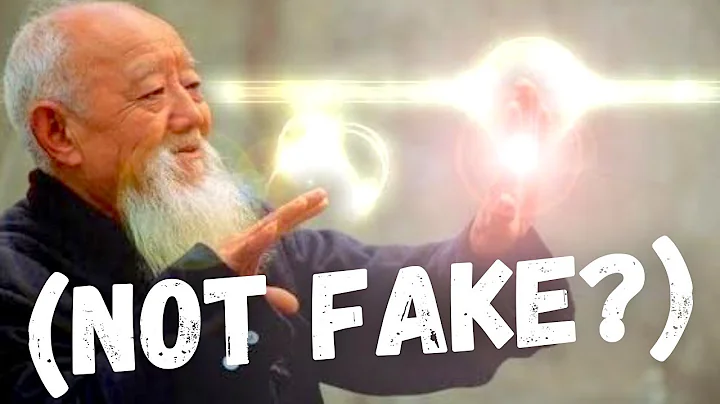When it comes to squatting, I believe most people will not feel unfamiliar.
Then let’s answer the agent’s question first: How much do you think your knees should bend to when practicing squats?
OK, now remember your answer, and walk into today's science popularization of spine agents together~
1. What is squat?
deep squat, is actually a compound and whole body exercise , in the correct way can exercise quadriceps, gluteus maximus and poplite when practicing squat Hamstring muscles, for erector spinae, piriformis, adductor magnus, gluteus medius, gluteus minimus and calf muscles.
There are 26 types of squat subdivided, but generally there are only three most commonly used: half squat (joint angle less than or equal to 45 degrees), parallel squat (joint angle equal to 90 degrees), full squat (The knee joint is greater than 90 degrees).

2. Does squatting hurt the knee?
In order to better explain this problem and let everyone have a clearer understanding, let’s first understand this knee joint:
The knee joint has strong stability and relatively complex structure. .
The knee joint and its accessory structures include: tibia (Tibia), patella (patella), posterior cruciate ligament (PCL), anterior cruciate ligament (ACL), lateral collateral ligament (LCL), medial collateral ligament (MCL), Meniscus (meniscus), articular cartilage (articular cartilage), femur (femur).

If there is no continuous exercise training, the muscle strength of the leg itself is insufficient, and the knee ligament (especially the PCL) is not strong enough. When you start to practice squats suddenly, and the joint angle is greater than 90 degrees, it is very easy to cause ligament damage or even tear.
The squat looks like a simple squat, but the actual operation is difficult. If you practice at home, it is difficult to know what you did wrong, and it can easily cause lower back or knee pain.
In addition, the full squat has higher requirements for the flexibility of the hip and knee joints, and at the same time stimulates the ligaments and cartilage of the joints more strongly , and if the knee bends more than 120 degrees in the squat posture, the knee will receive The pressure is as high as 10 times.

If this is the case, why are there so many people who are after all squatting?
This is because the strengthening effect on the knee joint formed by full squat training is stronger than other squats, and the gluteus maximus will also increase its strength.
However, requires a higher level of correct squat action. If ordinary people do not master it well, the chance of accidental sports injuries will increase relatively.
Therefore, for sedentary people who rarely exercise, if it is just for health, to increase joint stability, avoid joint damage and delay joint degeneration, it is recommended that start with a half squat ,Keep your posture correct , Do not move too fast and , so you won’t hurt your knees.
3. Who is not suitable for squatting?
It’s never too late to start exercising.
But I want to emphasize that if there is a knee problem, go to the gym to do squats and do it with weights...
Agent can tell you for sure, yours The knee joint will wear out more severely!
There may be several situations where the knee joint is worn:
- The first is the problem of the patella.We call it patellofemoral syndrome, or patella softening.
The performance of patella softening is: the patella is worn out, it should be hard and brittle, but due to wrong exercises and repeated squatting, it has been in a worn state until it is finally ground It's soft and out of function.

- The second is that there is a problem with the knee itself, which can also be damaged in the correct posture.
When the human body is exercising, in order to avoid the existing knee injury, other parts are compensated, thereby increasing the pressure on the upper hip joint and the lower ankle joint. In other words, even if the action is correct for normal people, it may add extra burden to people with knee injuries.
Therefore, you must fully understand your knee joint condition and muscle strength before practicing squats.
If usually has pain and swelling in the joint itself , or has been diagnosed with degenerative arthritis or patellofemoral joint inflammation , can not practice squats at will Squatting too low may directly cause soreness and even aggravate the condition.

Finally, add a knowledge point: in squat exercises, "toes but not knees" is not absolutely scientific.
Because everyone’s tibia (calf) length and hip joint range of motion are different, people with short calves, the knees will naturally exceed the toes when squatting, If the knees are excessively retracted, the trunk will be It is necessary to lean forward too much to maintain balance, and the lower back, knees, and ankles will receive more pressure, which may cause wear.
Actually, there are many reasons for knee joint swelling and pain or soreness, and we cannot simply make a conclusion.
If you want to find the root cause of knee joint pain more accurately, you can ask a physiotherapist specialized in spine agents to help you do a professional and comprehensive evaluation.





















